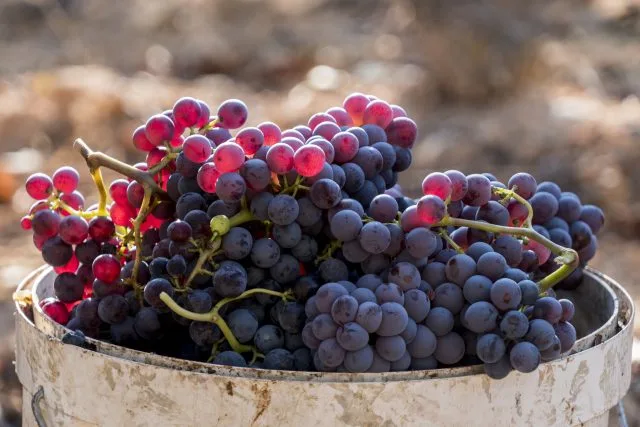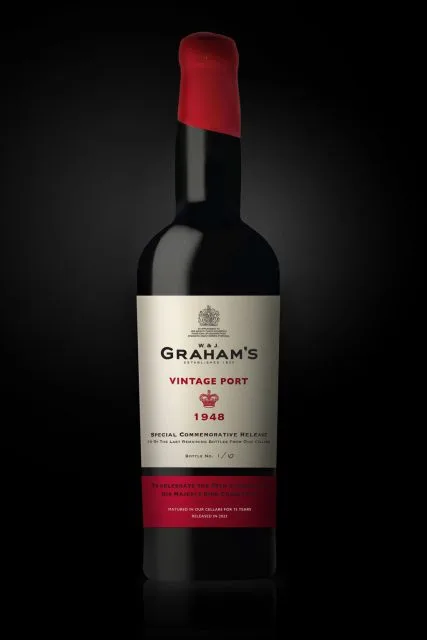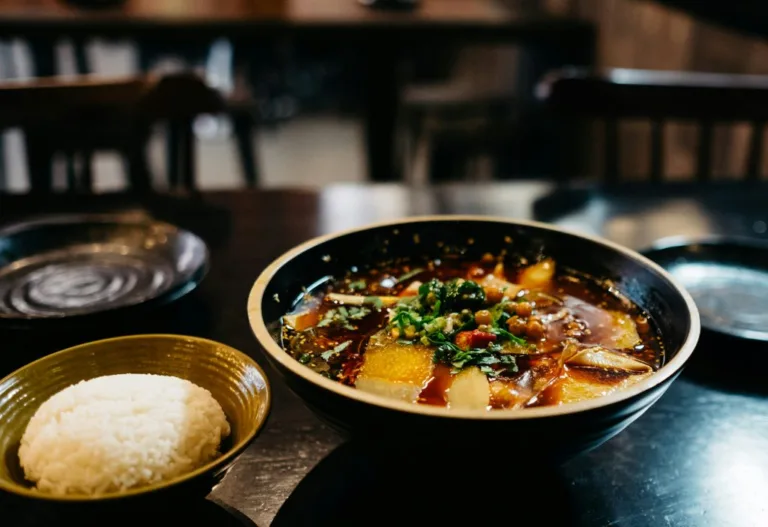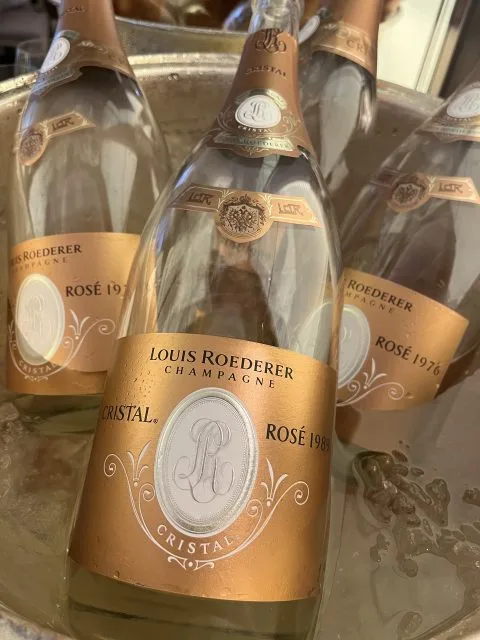A recent tasting focused on premium South Australian Grenache suggested that its future may depend on going against the received wisdom surrounding this grape variety. The tasting, held at 67 Pall Mall and hosted by wine writer Matthew Jukes, who was flanked by Giles Cooke MW and Susie Barrie MW, sought to examine what makes great, modern Grenache. While expressions led by the variety from Châteauneuf-du-Pape, Priorat and California were also tasted, the focus was very much on the South Australian wine regions of McLaren Vale and Barossa Valley. As with all things, the history matters. First planted in South Australia in the 1830s/40s, where it did well due to its drought tolerance, Grenache was particularly suited to the production of fortified wines, but as demand for still wines soared, at the expense of fortified wine sales, in the 1960s, the desire to cultivate Grenache plummeted, with many vines uprooted. Australia’s 2023 harvest saw 13,597 tonnes of Grenache crushed, about 1% of the country’s total crush. The data concerning Grenache’s presence in individual wine regions also makes for bleak reading for fans of the variety. Just 5% of McLaren Vale’s 7,438 hectares under vine is devoted to Grenache, compared to 58% for Shiraz and 19% for Cabernet Sauvignon. In Barossa Valley’s 11,609ha of vineyard, the percentage of Grenache planted is similar, at around 6% – less than a tenth of the area devoted to Shiraz. But, despite being at a low ebb in terms of production, there is a
This Article was originally published on The Drink Business - Fine Wine







